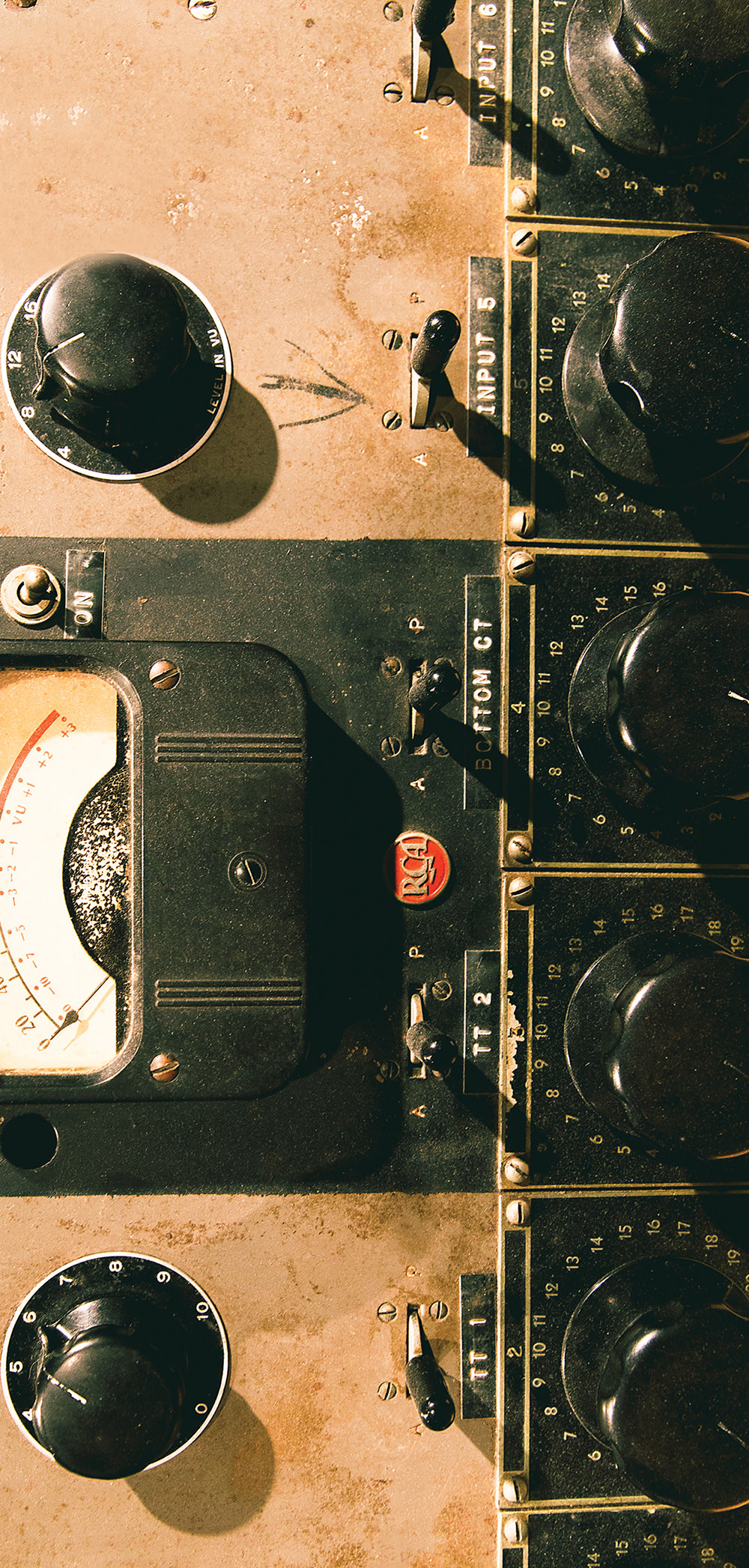Digital processing has come a long way. Within the modern DAW there are a plethora of tools that replicate our favorite real world classic gear, yet many engineers still reach for actual analog equipment to achieve that special something. For me, when choosing an analog process over the convenience of digital, it's because I'm hearing the equipment interact with the audio in a manner that plug-ins can't yet achieve, in my opinion. When mixing, the way a circuit absorbs and transfers the signal can lead to choices that would be totally different without this interplay - in this way, a large part of what we hear are the sound of input and output transformers. Not that long ago, nearly all audio equipment was transformer coupled, so it was not unusual for signals to pass through several transformers - even in a simple recording chain. This high count of transformers in the audio path would add to the sonic "syrup" that led to what many now associate with a classic sound.
The Kludge Audio 510 Transwarmer is an attempt to reclaim some classic character. Inside this single-channel 500 Series module is a completely passive design consisting of one specifically tuned audio transformer, intended to recreate and magnify a coloration of several transformers in the signal path by providing some mojo in a very cost-effective manner. There are no knobs or meters on the front panel. You simply run signal through Transwarmer and vary the level you send until you get the amount of saturation you are looking for. This means no recall when mixing! The only thing on the front panel is a termination switch. The left position is for driving a 600 ohm input, while the right position engages a 600 ohm load resistor on the output (for modern equipment with high impedance inputs). In practice, I found that it's best to just use your ears with the Transwarmer - if you like the sound of it one way or the other, then use it that way!
Running audio through outboard isn't a new concept. The Transwarmer streamlines this idea in a convenient format with an effect that isn't necessarily dramatic, but results in a signal that is a bit softer in the highs, with a more controlled transient response and increased overall RMS (Root-Mean-Square) energy. Simply patching this in after a preamp or compressor while tracking can certainly add a bit of flavor to your signal!
Kludge was nice enough to send me two units for review. Within minutes of unboxing them, I began running stems through the pair of Transwarmers. I loaded up a tracking session for a record I produced in early 2018 - Strange Worlds/Fierce Gods by the heavy, progressive, post-metal band Orphans Of Doom. Subtle saturation of this transformer seemed to round out the kick drum and toughen the snare drum up in a pleasing way. Across an aggressive guitar bus, there was a beneficial softening to the tracks. In my experience, one of the magical things about the sound of analog equipment is that I am able to crank up the volume with less harshness. There is something very valuable about this when recording and mixing aggressive rock, as I do. Inserting the Transwarmer after a mic preamp added a complexity to the sound while seeming to compress the signal a bit - this was really nice for tracking acoustic guitar. I could also see this as useful for tracking other stringed instruments like upright bass, cello, and violin. It may take a more refined ear to fully appreciate what Kludge is offering, but it certainly does what it claims.
The only thing I questioned while using the 510, was taking up a precious 500 Series rack space with a passive unit. The upside though is that the Transwarmer requires no additional current from your power supply, thus leaving more juice for power hungry 500 Series mic preamps. The Kludge Audio 510 Transwarmer is an inexpensive way to add some genuine analog life to your tracks. It's dead simple to use, and at $249 per channel is a solid addition to any 500 Series rack.




_disp_horizontal_bw.jpg)